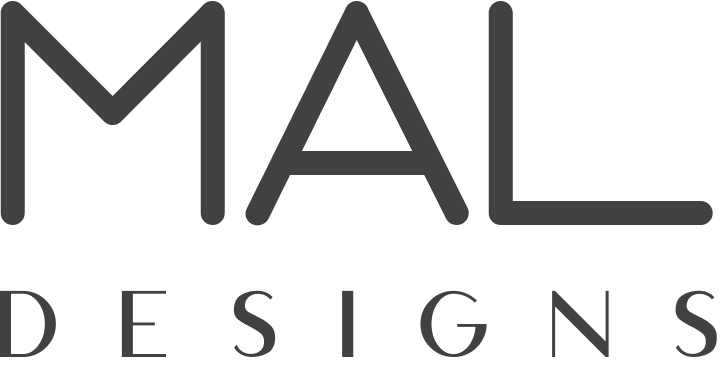Get Trashy
OxFam x Adobe Creative Jam • 2020
Overview
Get Trashy addresses the design challenge by tackling the prevalent social issue of climate change. Get Trashy is a fun, interactive app that allows users to learn error-free ways of properly disposing waste. Users can measure their progress by earning points, badges, fun facts and more. Our hope is to empower individuals to create healthier habits by changing their attitude towards trash. Let’s get trashy!
Challenge:
Name and design an app that turns personal values into actions that have a measurable benefit. Use technology to make supporting causes more than just a transactional experience.
Disclaimer: This was a 72-hour design challenge with a team of 3 on Adobe XD.
Goals:
Create a product that could potentially make an impact on society and the way they view global issues.
Duration
72 Hours
Team
Malissa Tran, UX/UI Designer
Robin Cruz, UX/UI Designer
Stephanie Mai, UX/UI Designer
Tools
Figma
Adobe XD
🔍 Discover
Because this challenge was different than our everyday prompts, we wanted to focus on answering two things:
What kind of personal value do individuals face?
What action could be taken towards said value that held measurable benefit?
We then took turns listing out different topics that were of interest to tackle. Here are a few that stood out to us and exhibited potential for answering both questions
Human trafficking - engaging and encouraging individuals to get active in their community to combat human trafficking through fundraising
Mental health - “matchmaking” individuals with services that fit their lifestyle
Climate change - communicating the way individuals can reduce waste and bring awareness to the global impacts of improper disposal
Equity in the workplace - advocate for equality and equity for colored women in the workplace
Sustainable lifestyle - advocate for a more conscious fashion industry and shed attention on sustainability
📖 Define
After deliberating, we decided to focus on a global issue—climate change and take a step towards creating solutions—communicate ways to reduce waste & bring awareness of impacts. This would better the chance of making an impact on a wider scale by increasing the opportunity to share valuable information.
We had numerous goals we wanted to feature to really emphasize all components of this prompt:
Educating users on the value of proper waste disposal
Having an interactive feature that would make the experience fun, positive, and inviting
Reenforce the positive behavior with gamified points, badges, and streaks
Utilize a subject that engages a diverse range of people. Choosing food was something we thought would be relatable to all
✏️ Ideate
Card Sorting
We then created categories that we wanted as the main functions and sorted out what contents would live inside each:
Onboarding
Homescreen
Badges
Settings
Journal
✍️ Prototype
Get Trashy encourages users to be knowledgable on their impacts on the world by compartmentalizing what is recycled, composted, and trashed. We created this by having a landing page that graphs progress in the last month to visualize this. The goal of these small gestures is to create bigger habits over long periods of time to potentially reduce trash disposal and encourage more mindfulness around products that can be recycled and reused in the food chain.
Homescreen
Start Trashing
Educational
Blurbs of information are incorporated throughout the app for an added layer of educational purposes. Get trashy is an app a user would passively use at the end of the day or in between meals to measure the product’s packaging disposed. We also wanted to change the way individuals shop for food and think twice about what they’re investing their money into.
Search Screen
Results Page
Interactive
After users are able to accumulate all packaging for products eaten throughout the day, they can begin the game. They’ll have 5 seconds to play each product that was inputted and decide which answer is more correct between the multiple choice.
Social Gamification
Users will then collect points based on correct answers and extra points for using sustainable packaging such as recyclables and compostables. This will reenforce sustainable habits and knowledge.
Constraints
Due to the pandemic, we were unable to meet in person to brainstorm so our project was restricted to virtual meetings coordinated around work schedules. Because of the tight deadline, we also weren’t able to conduct as much research and planning as we would have liked which would have been:
• conducting surveys
• user interviews
• competitive analysis
Next Steps
With the tight timeline of 72 hours, we missed out on a lot of research that needed to be done to back a lot of decisions that were made. To create a more thorough solution, we’d need to explore the market more with a deeper competitive analysis as well as create surveys to define who we were designing for with a persona. Because we had to cut out a lot of design ideas, with more time invested, we’d be able to iron out which features were of importance with usability testing and a few more iterations.












